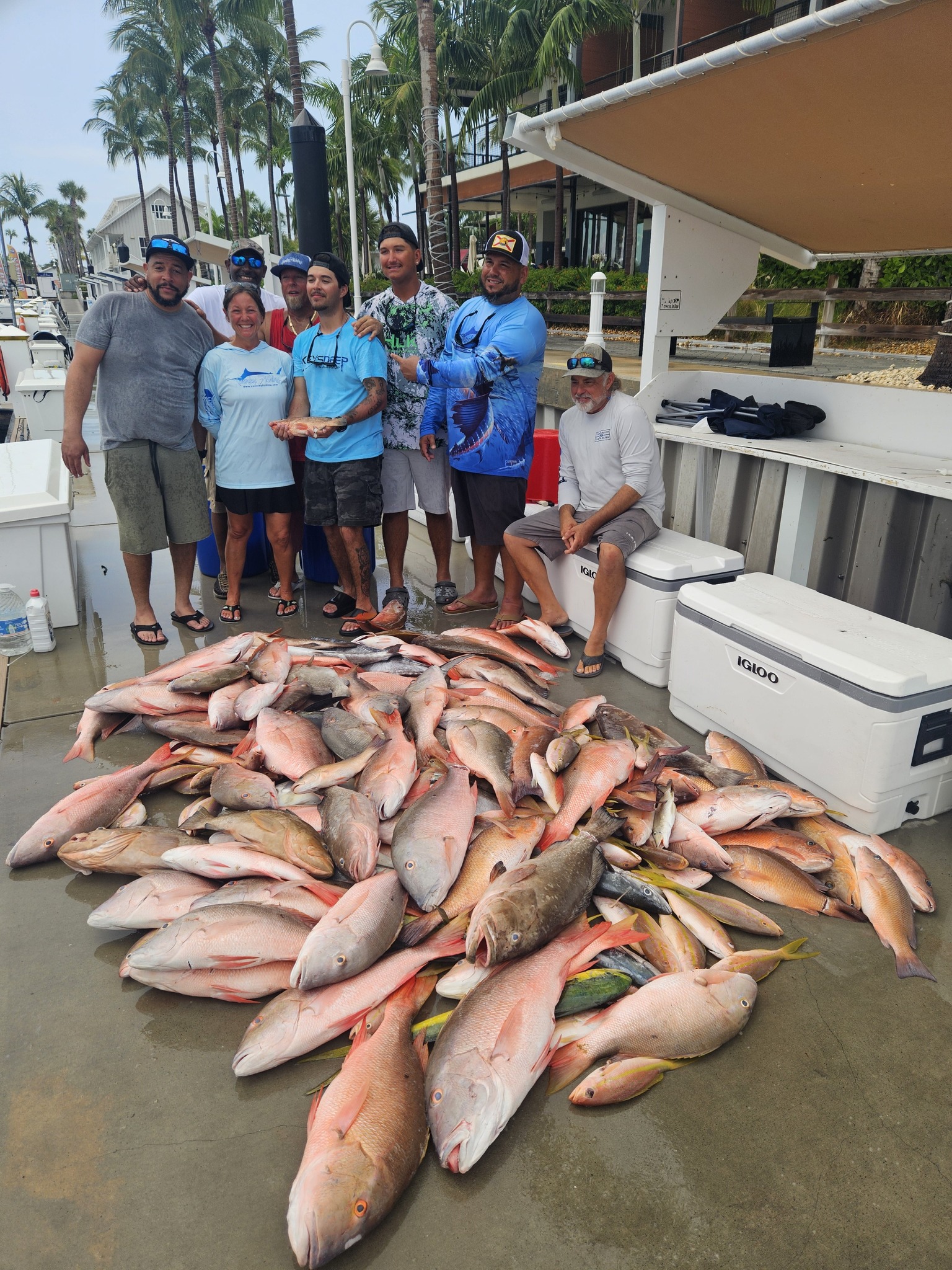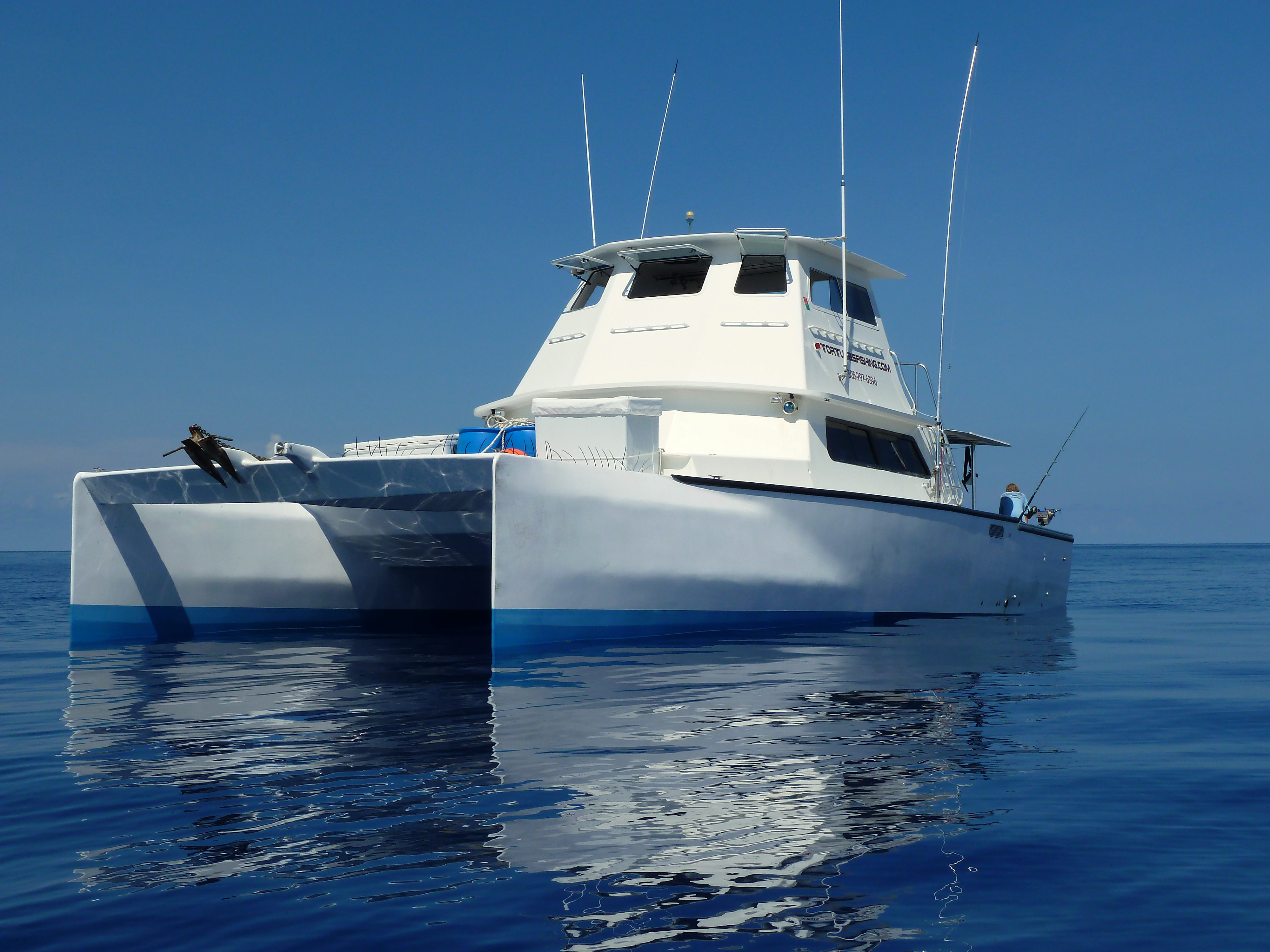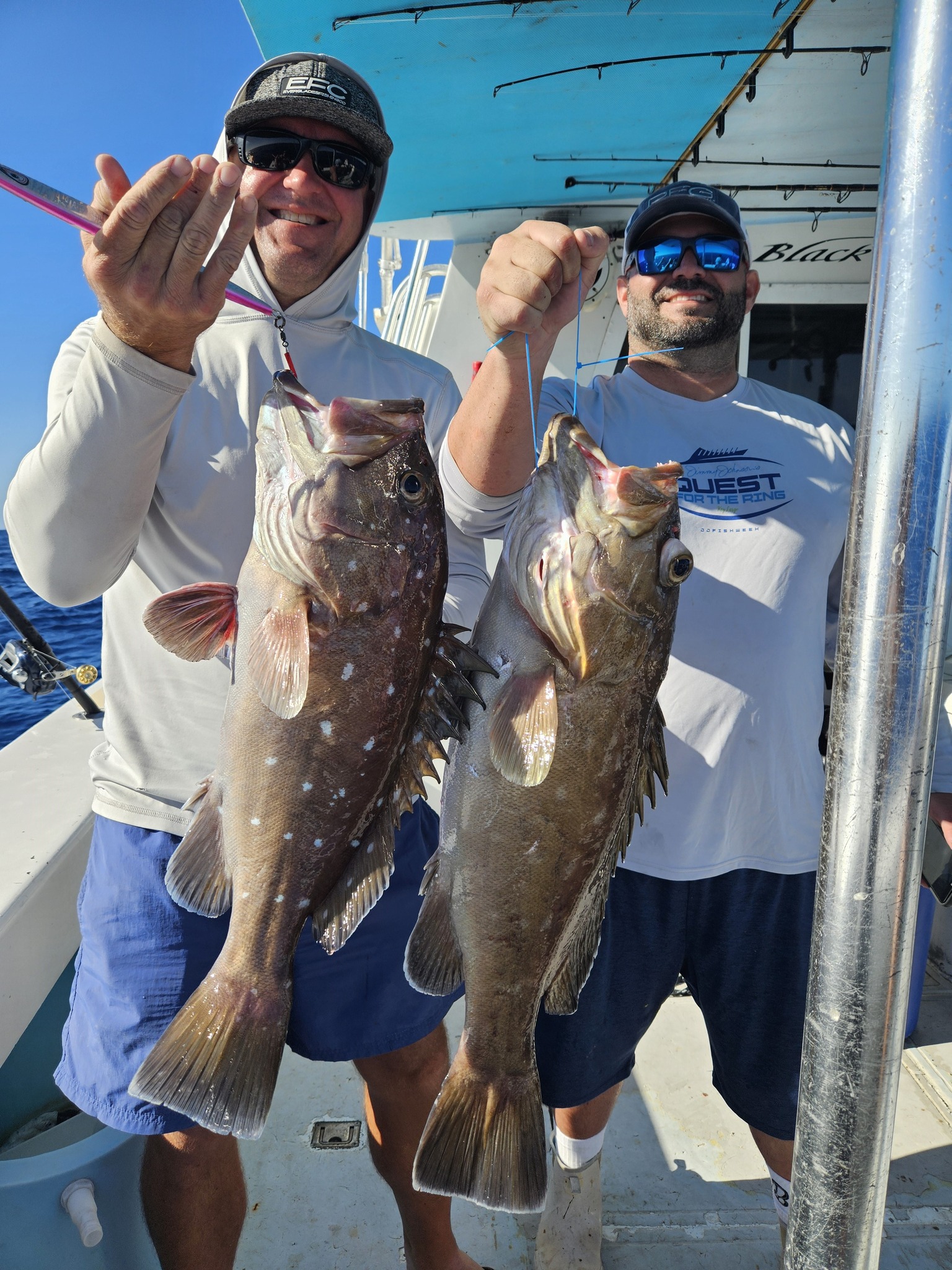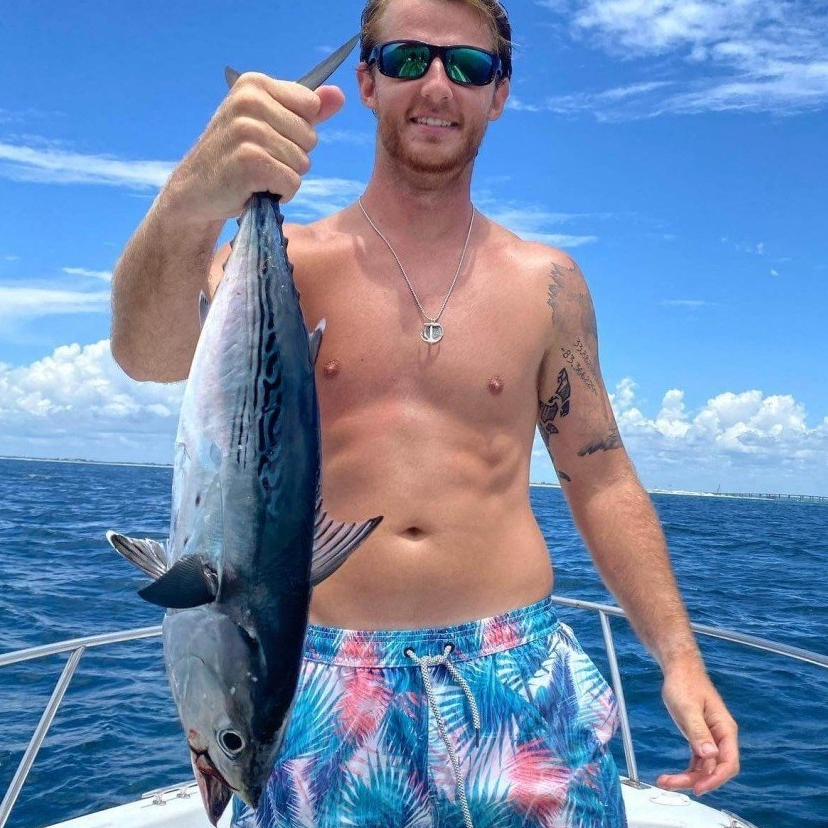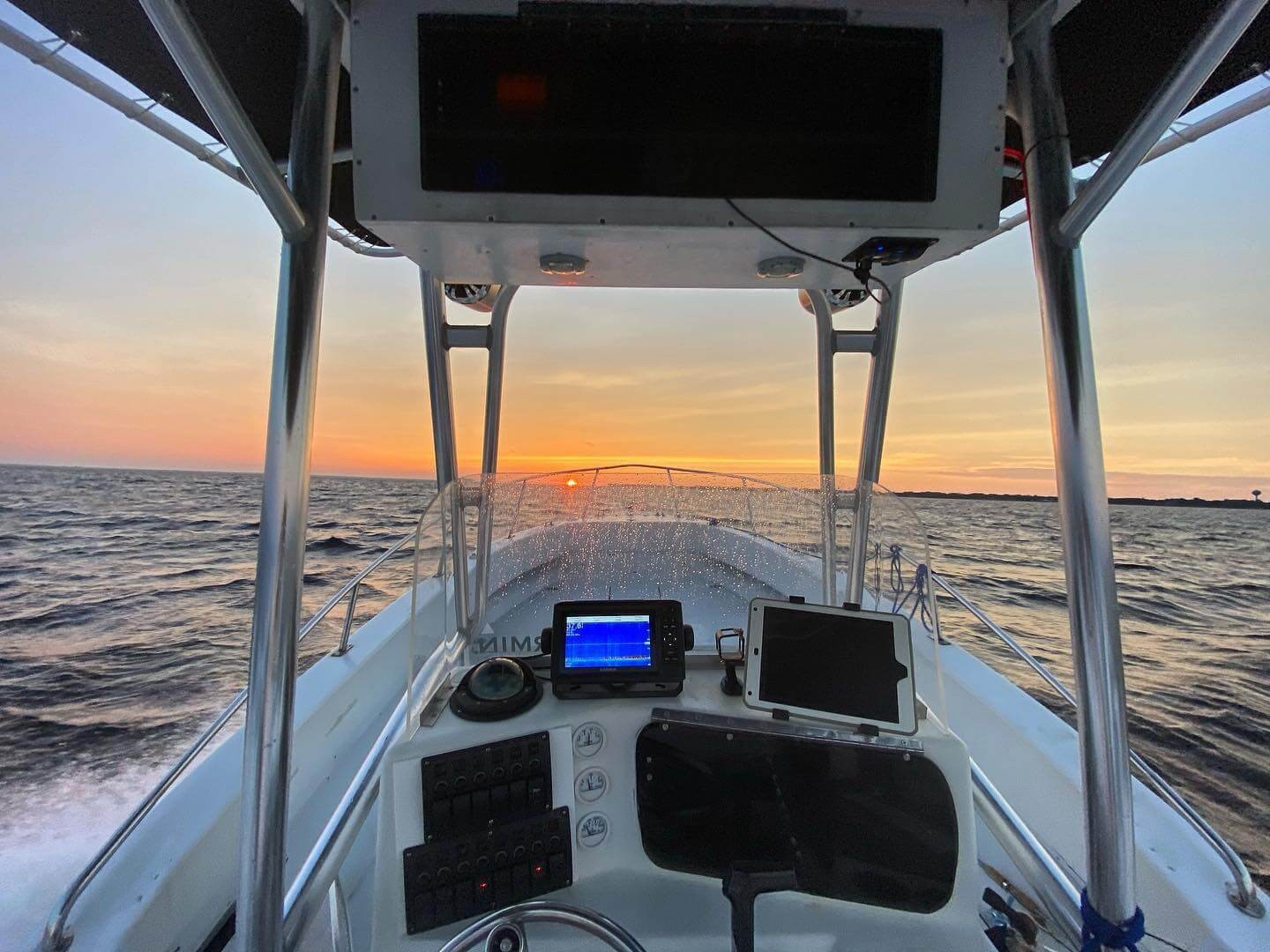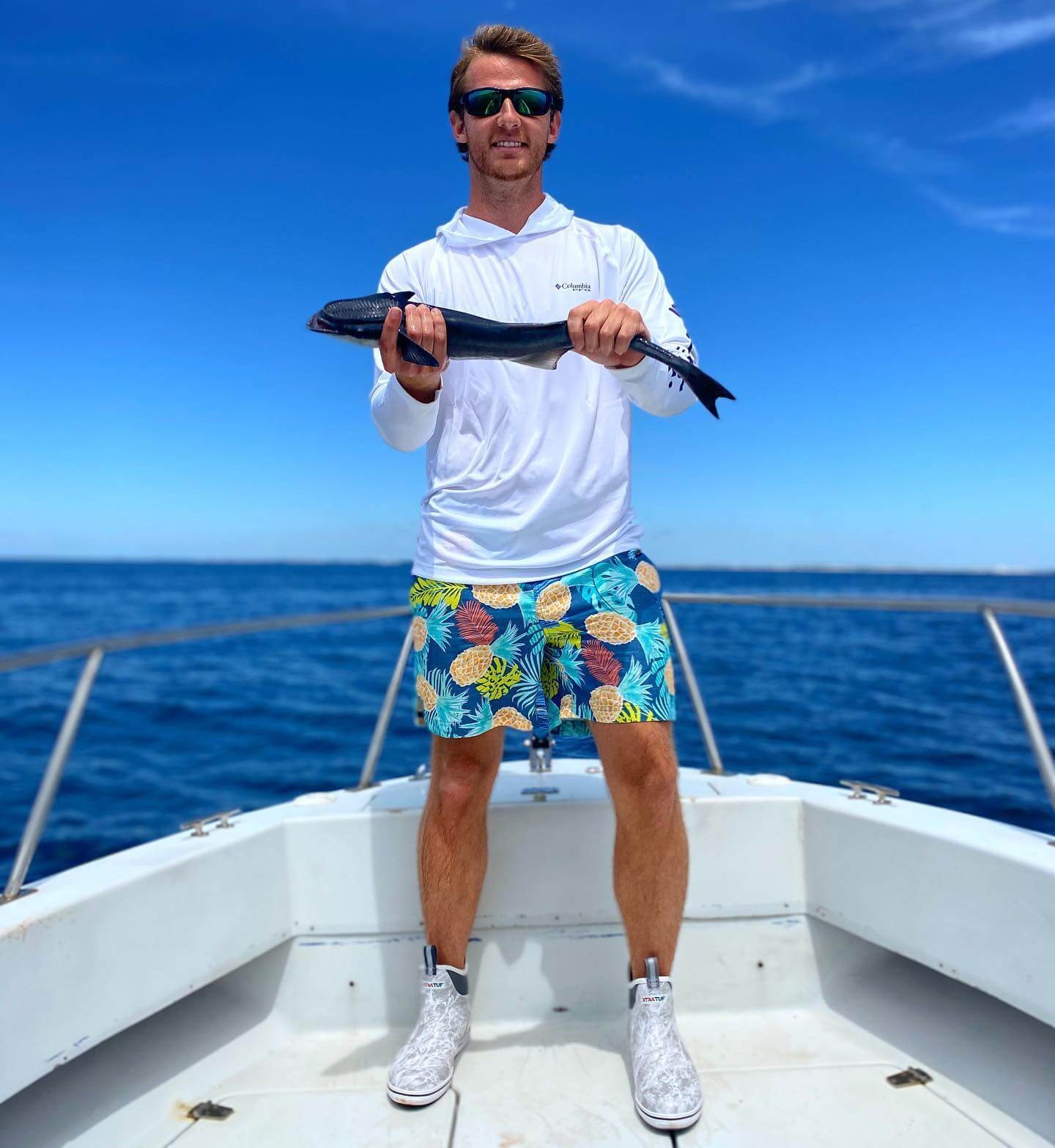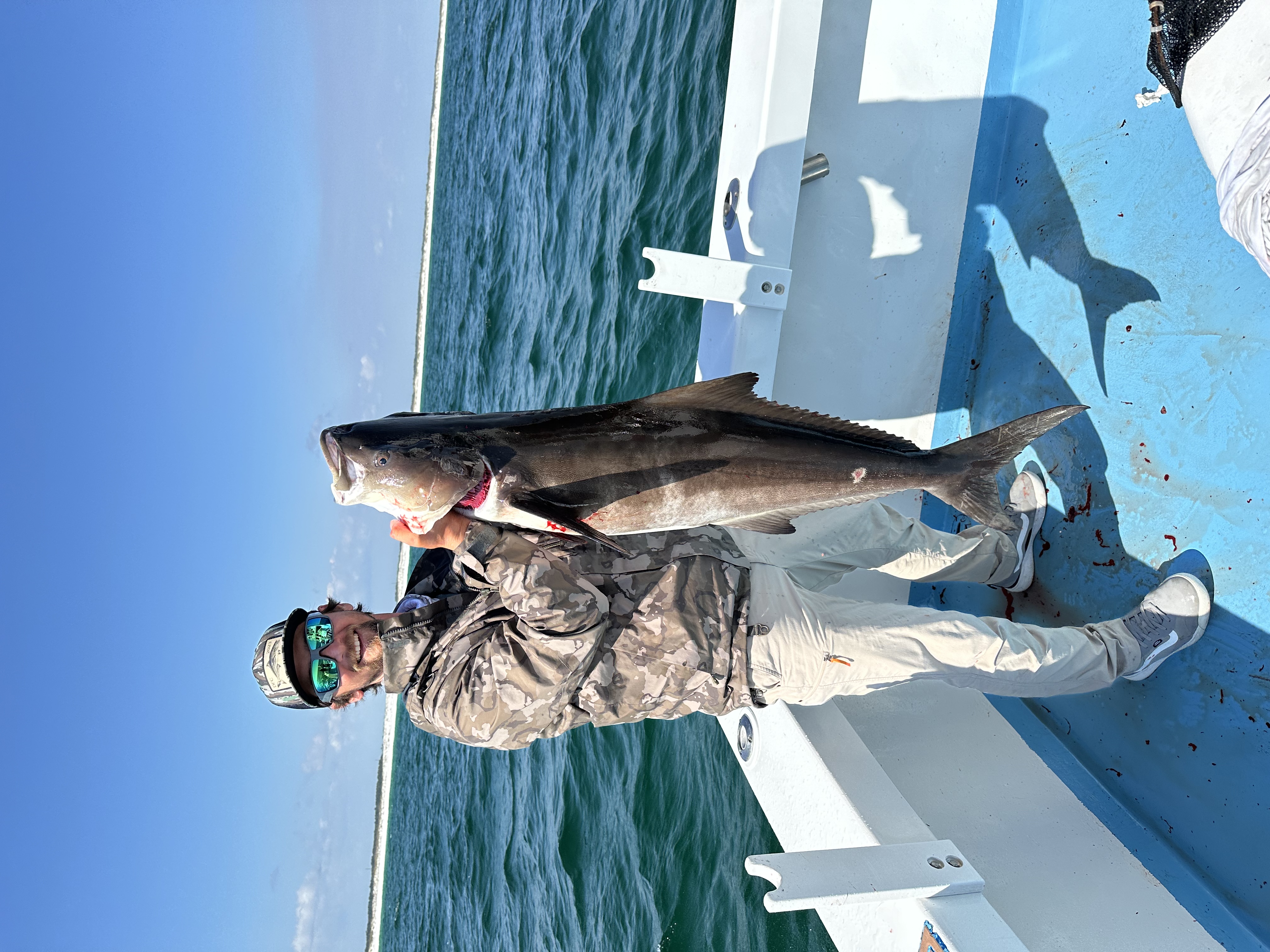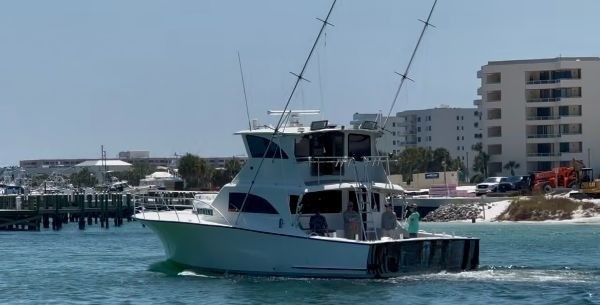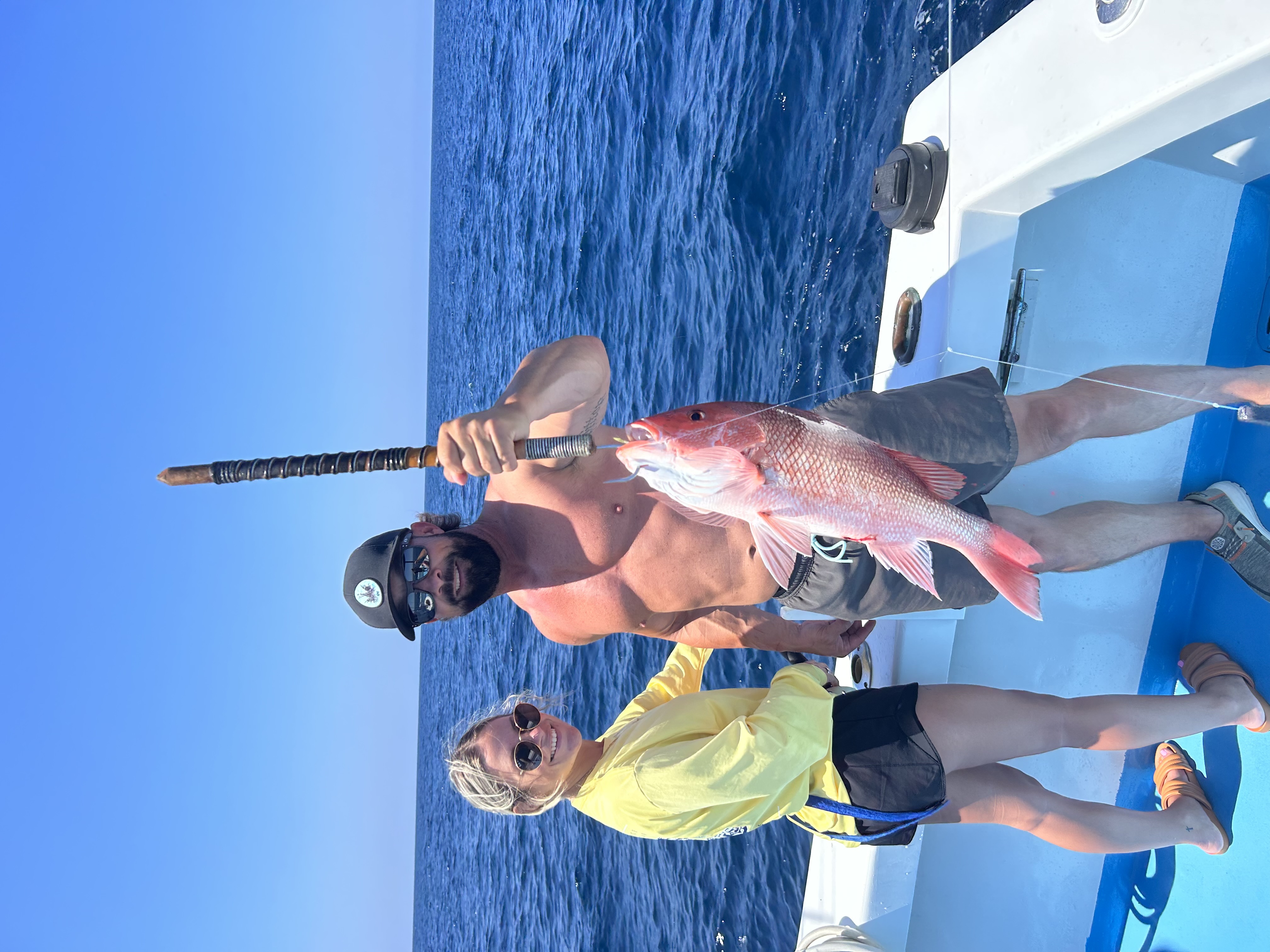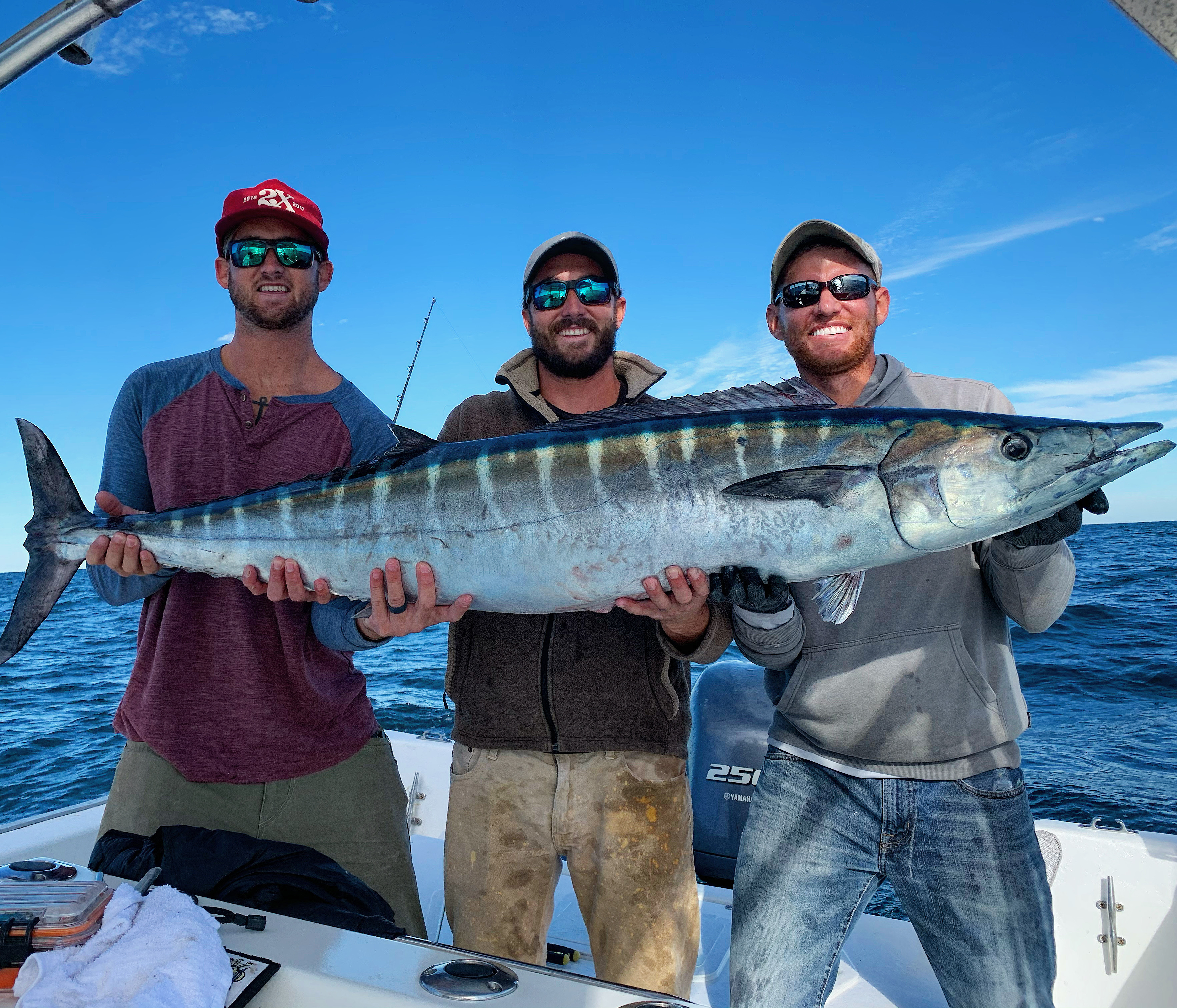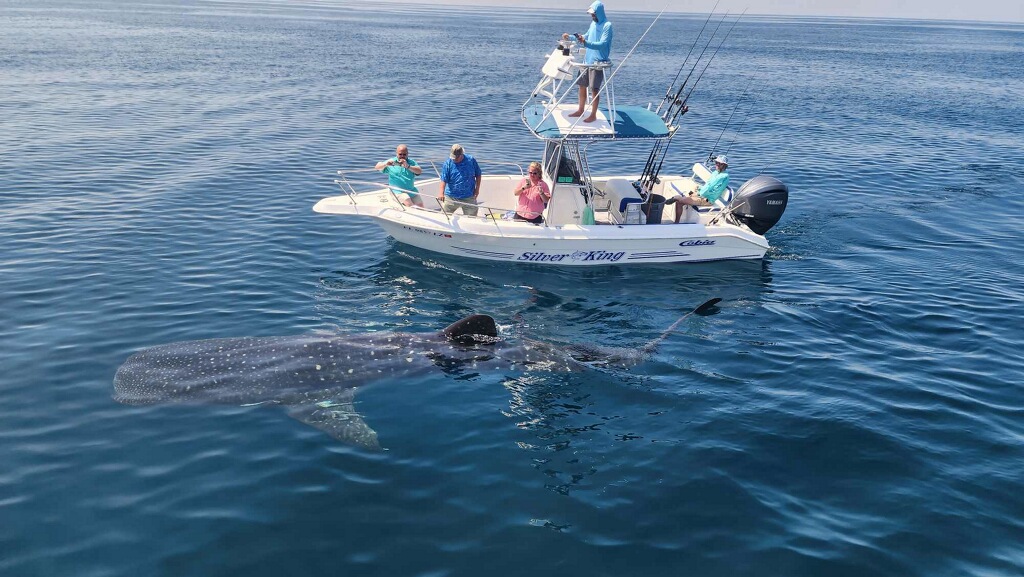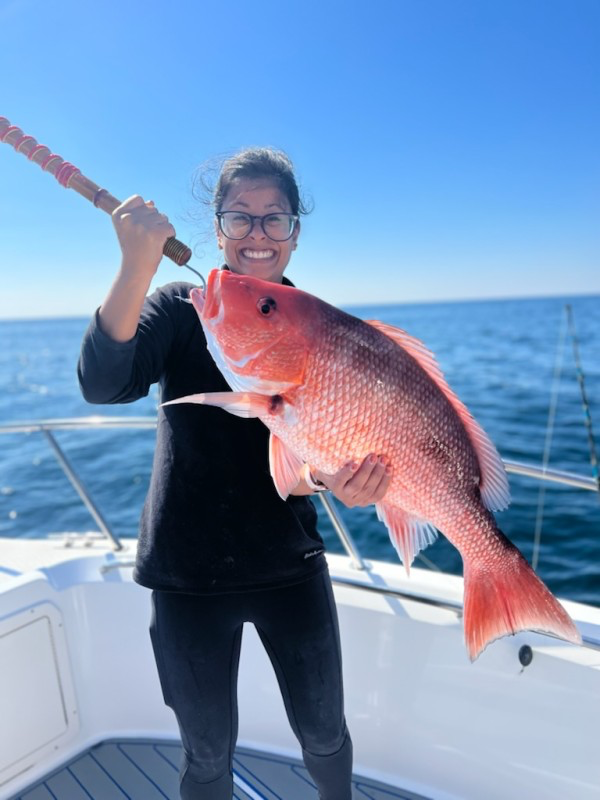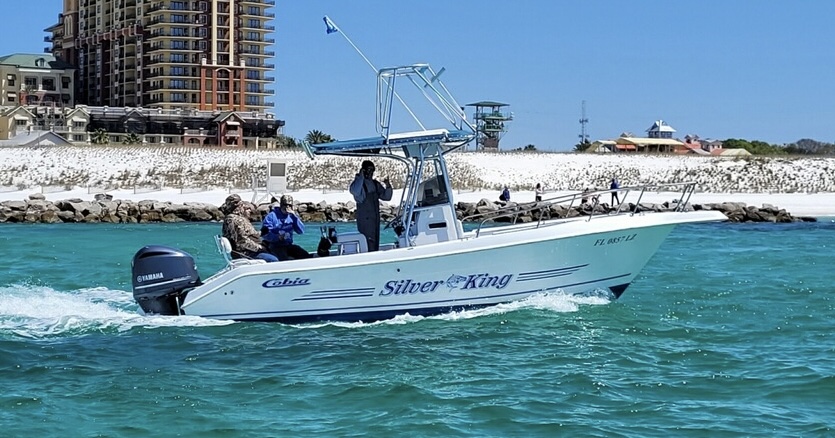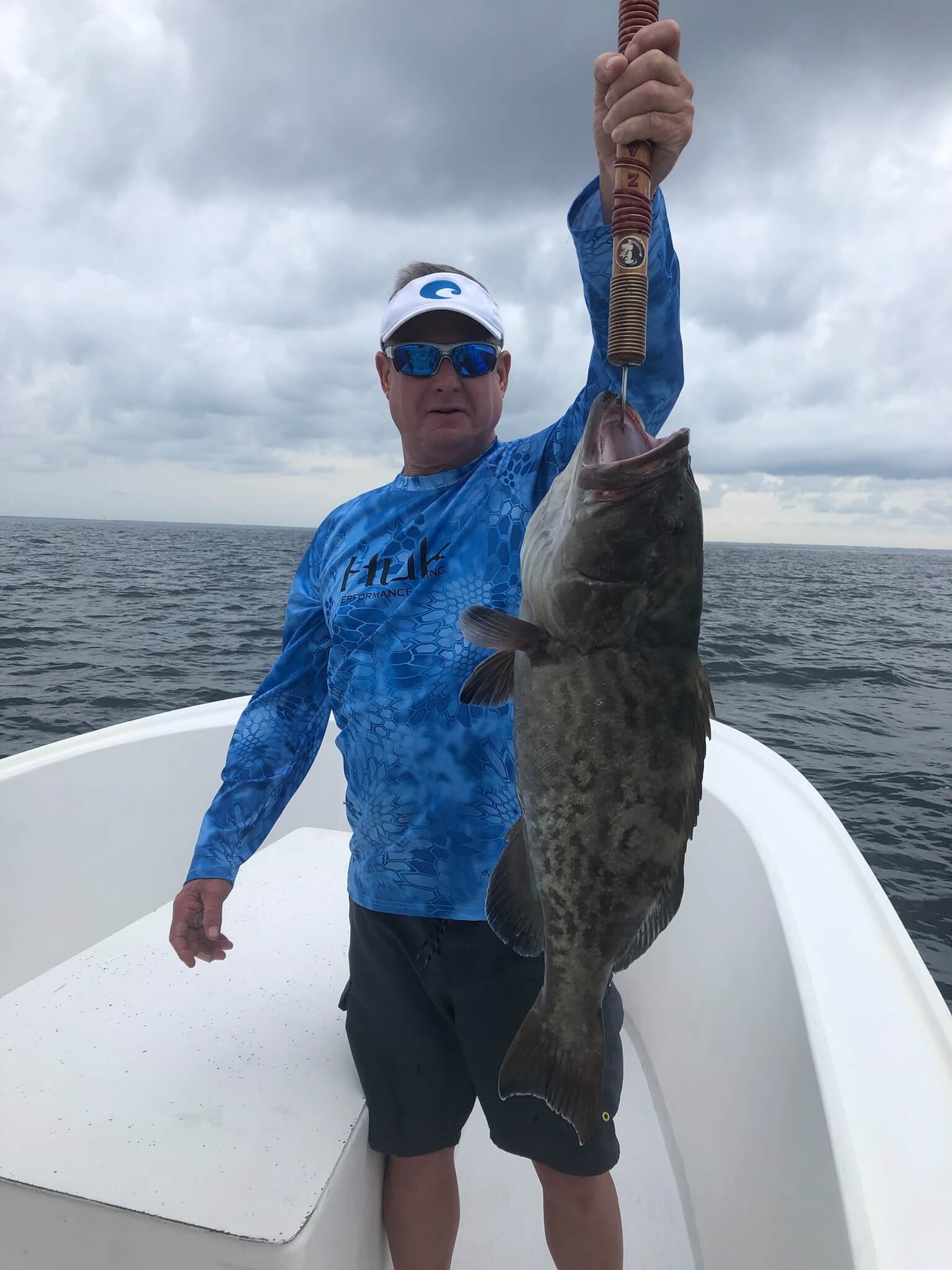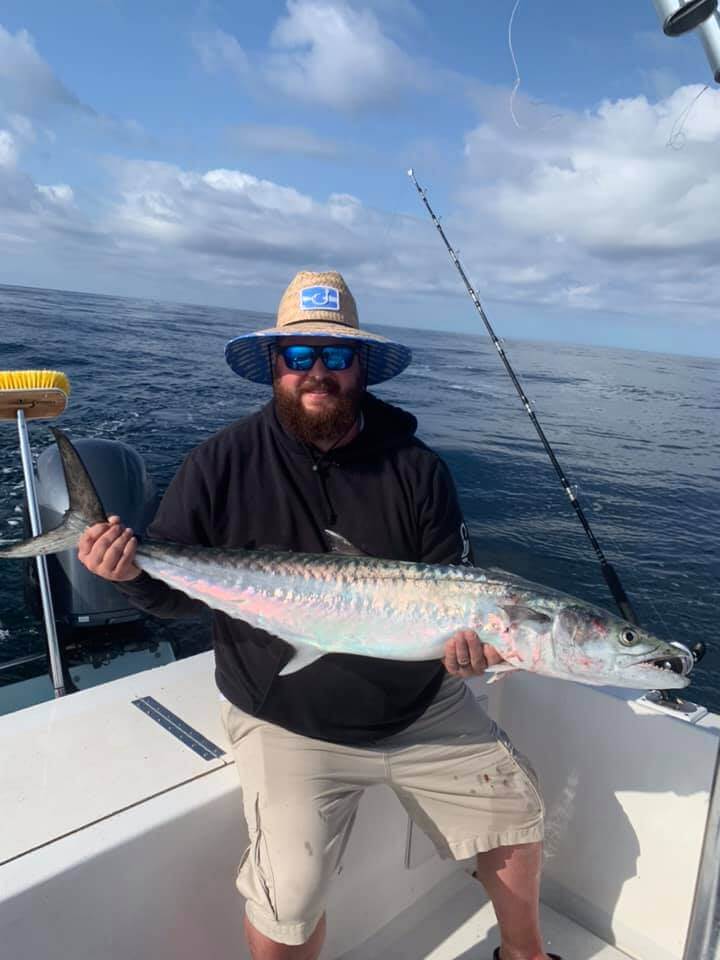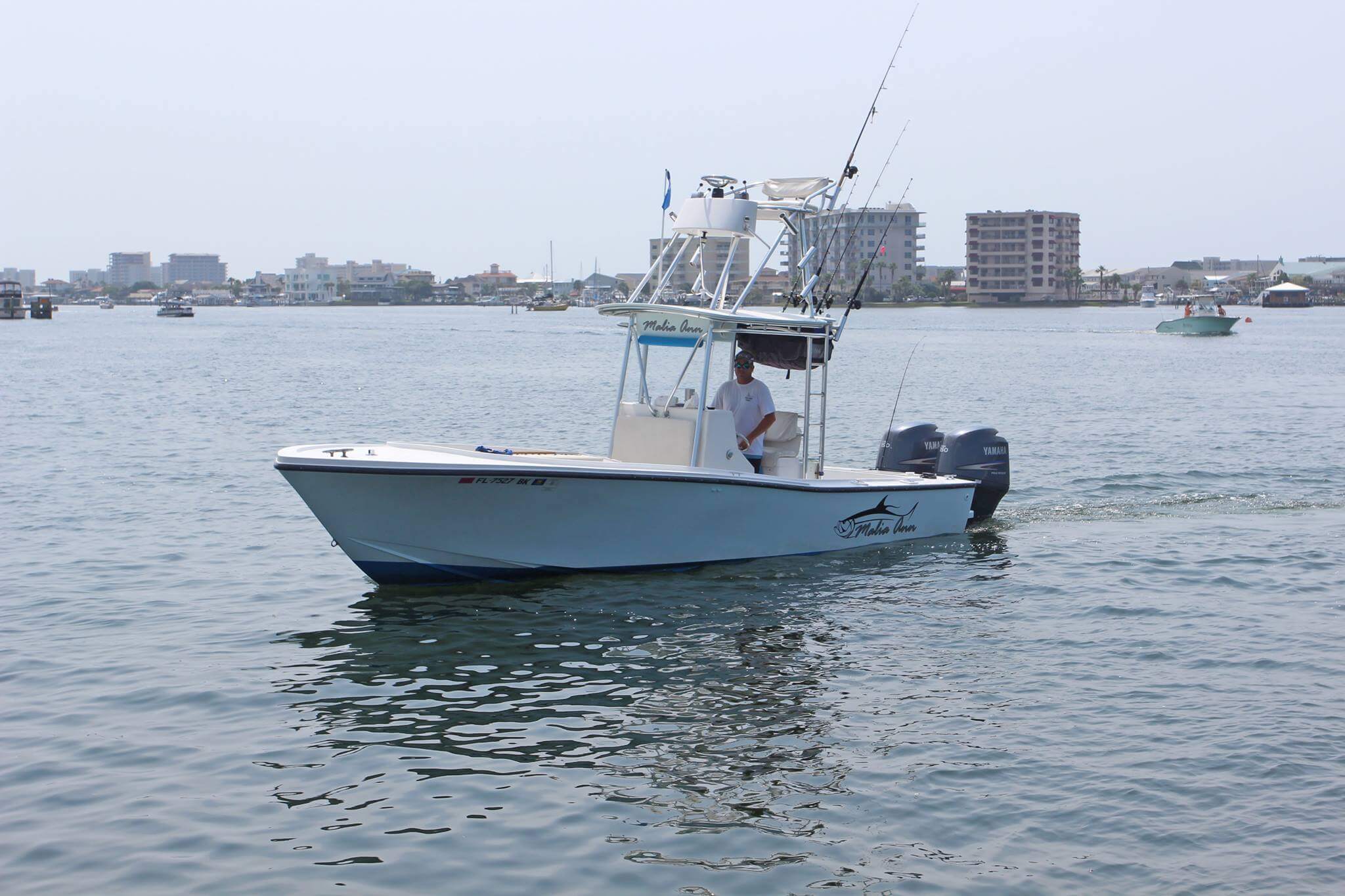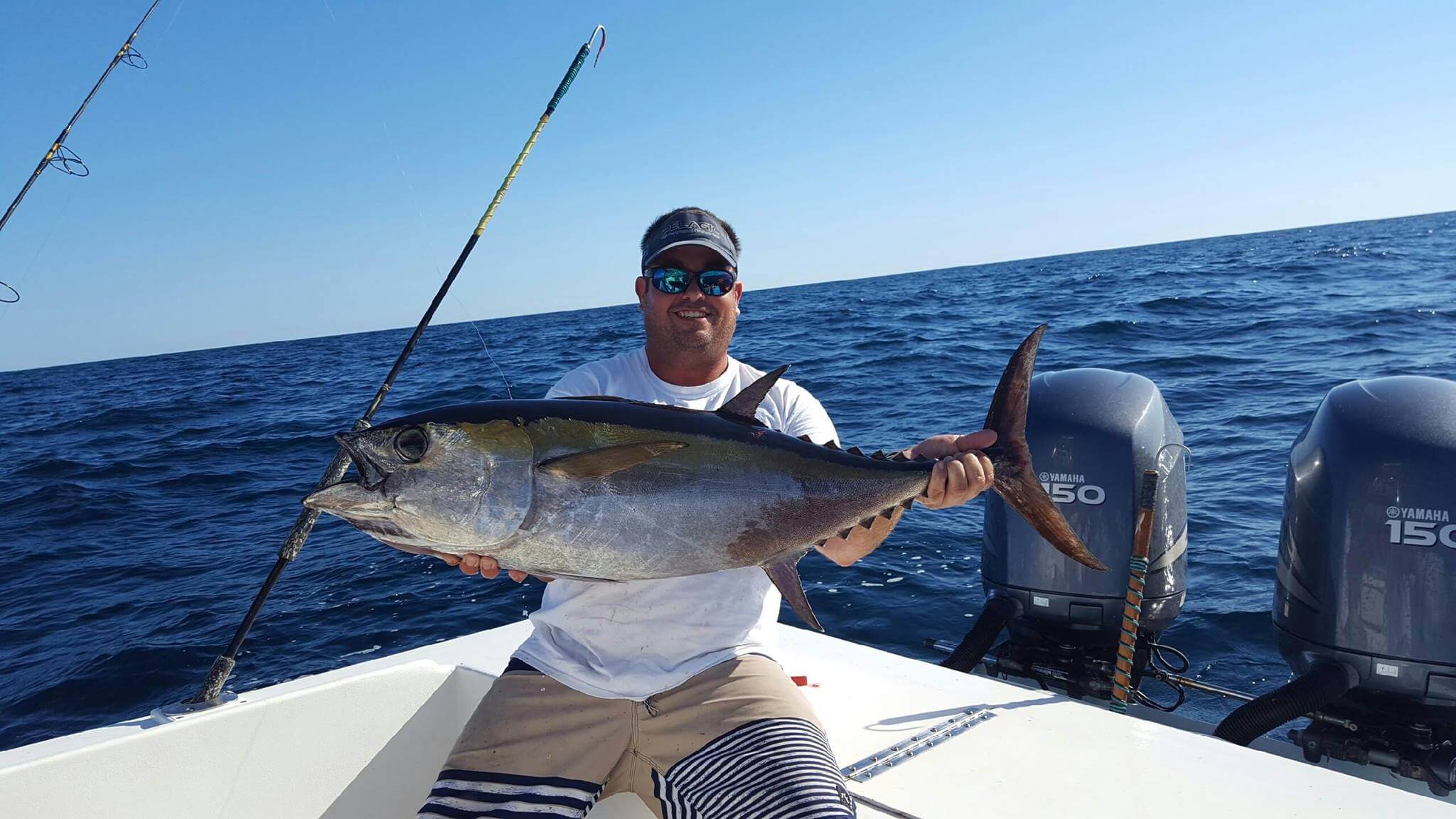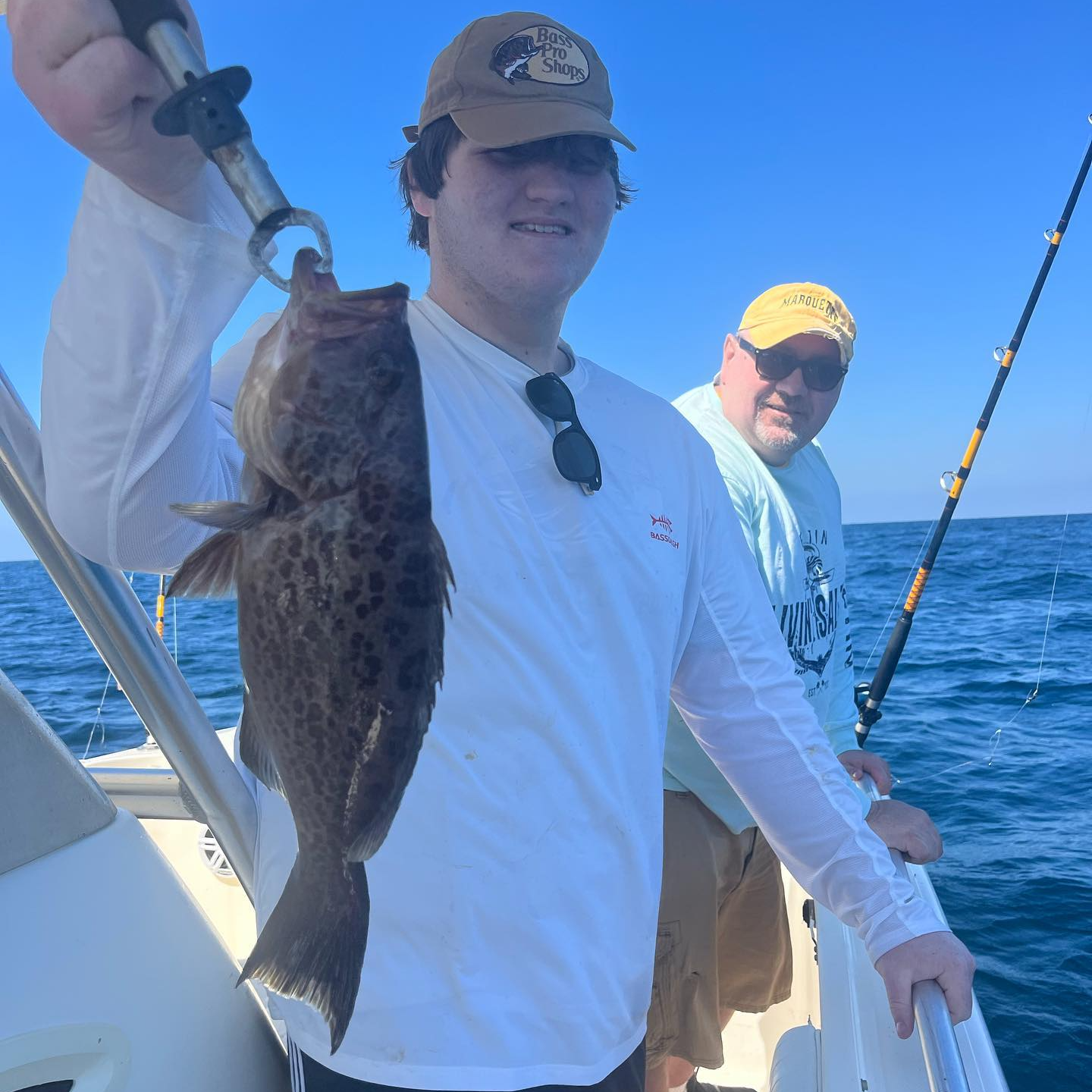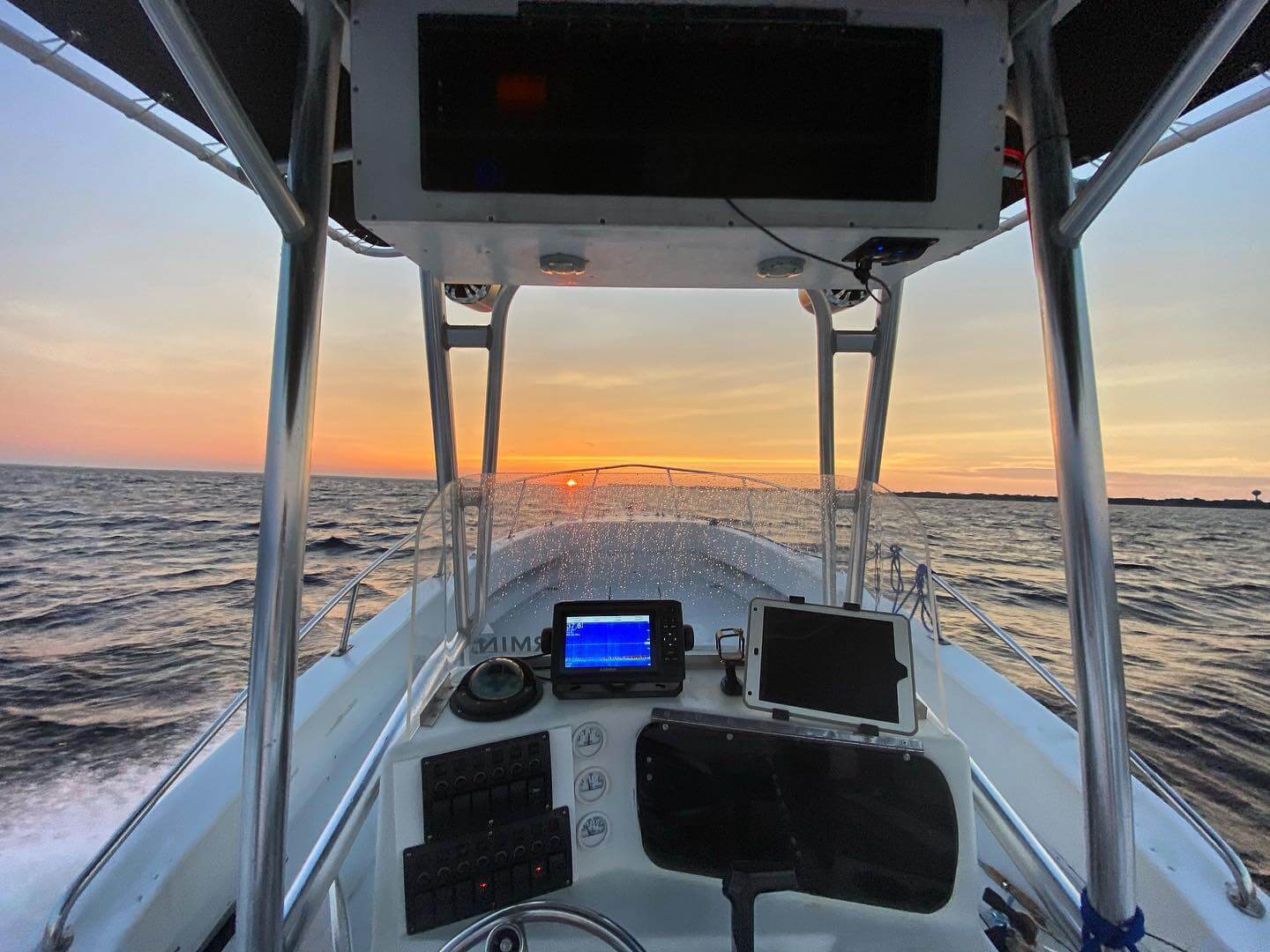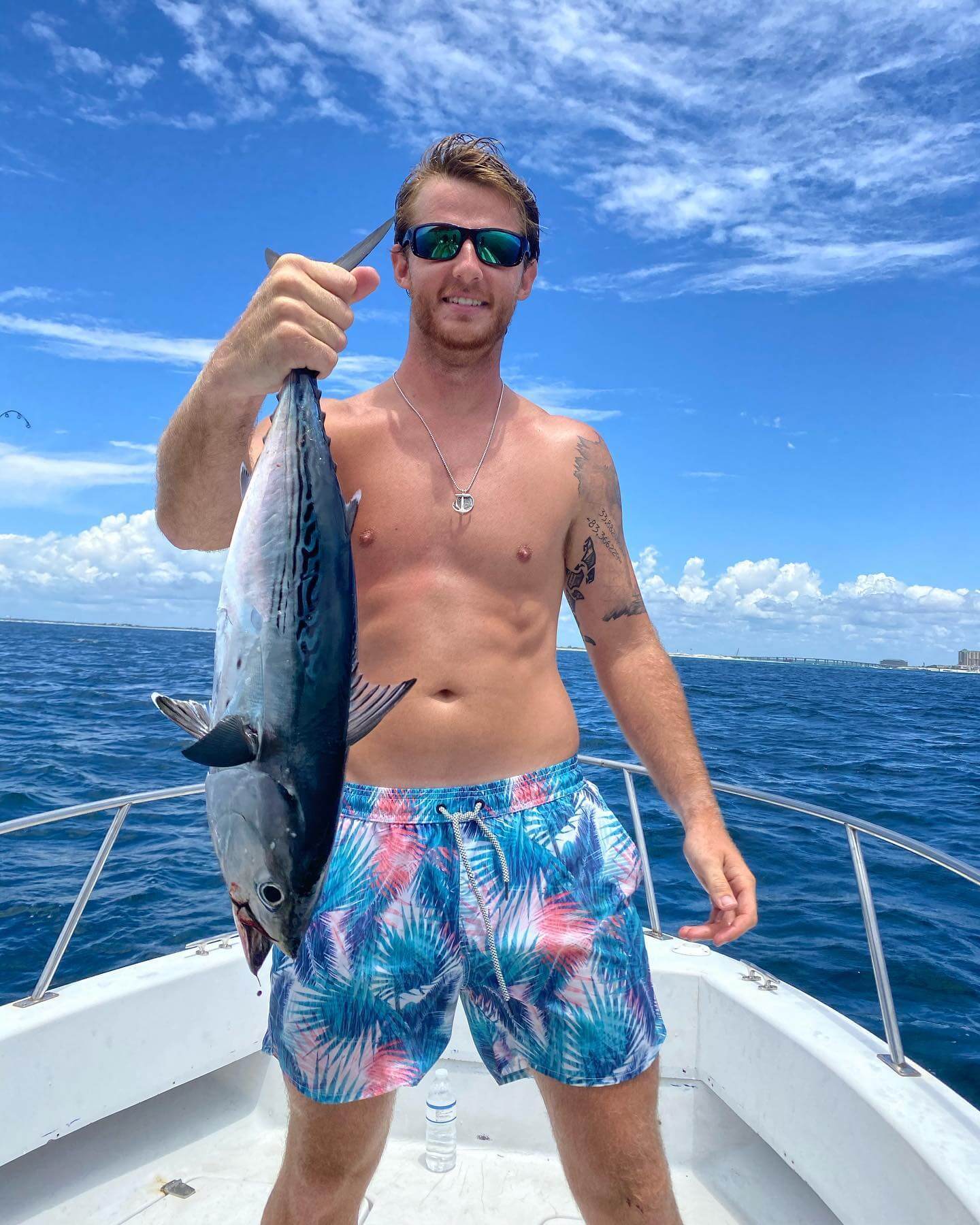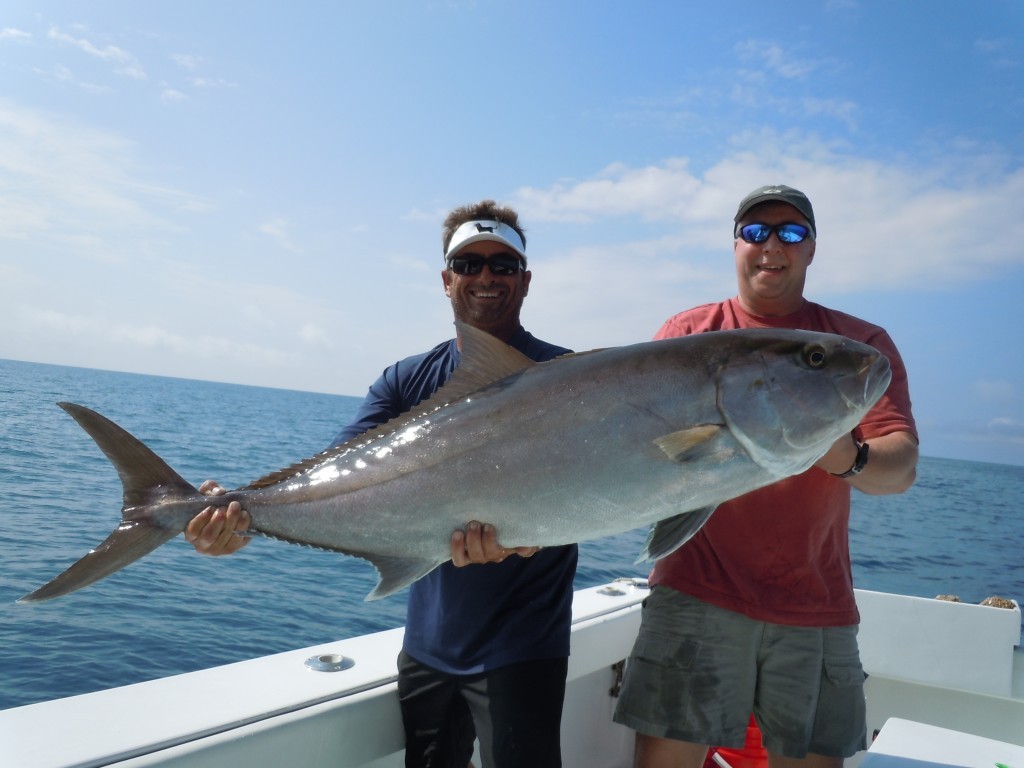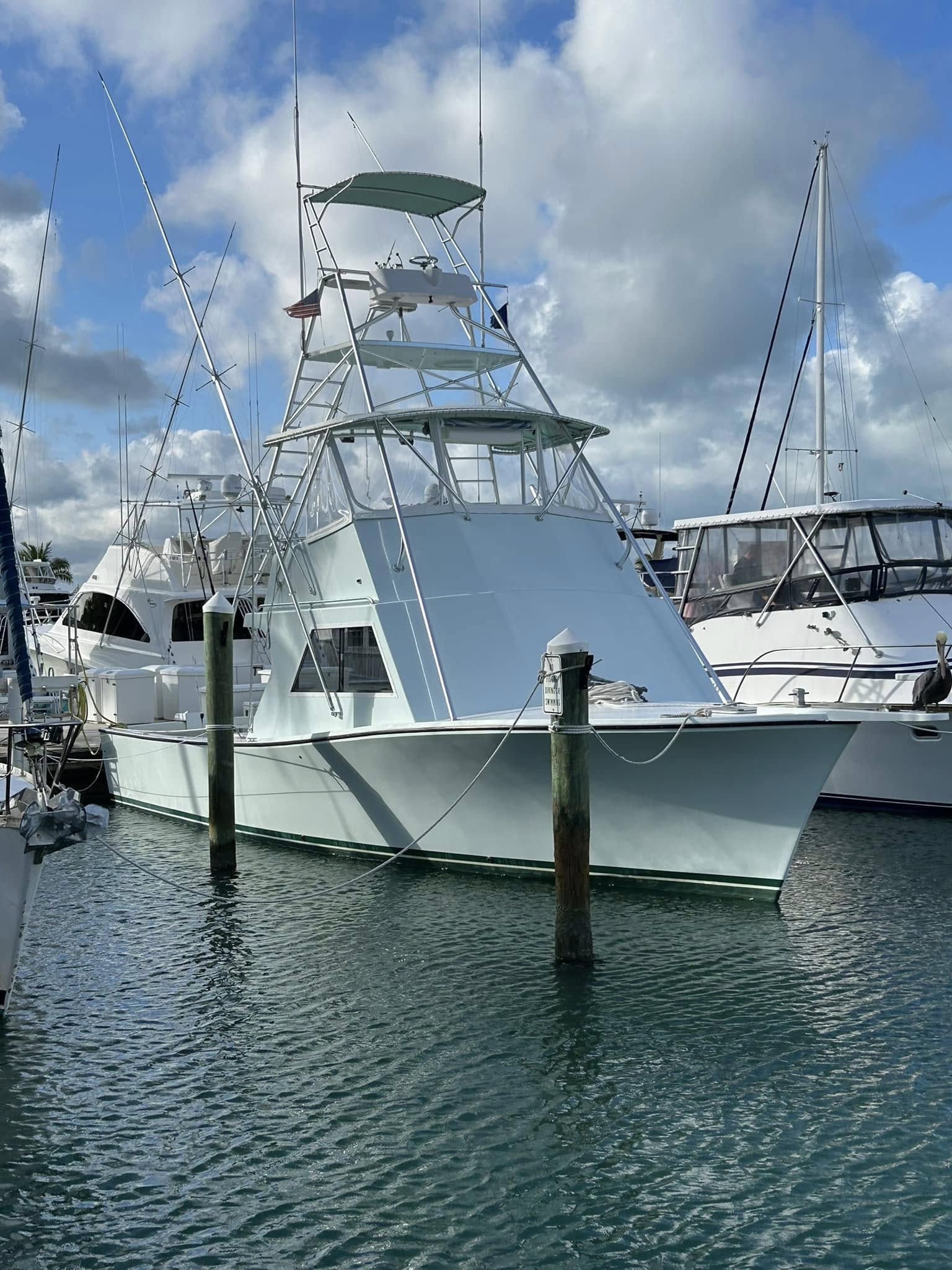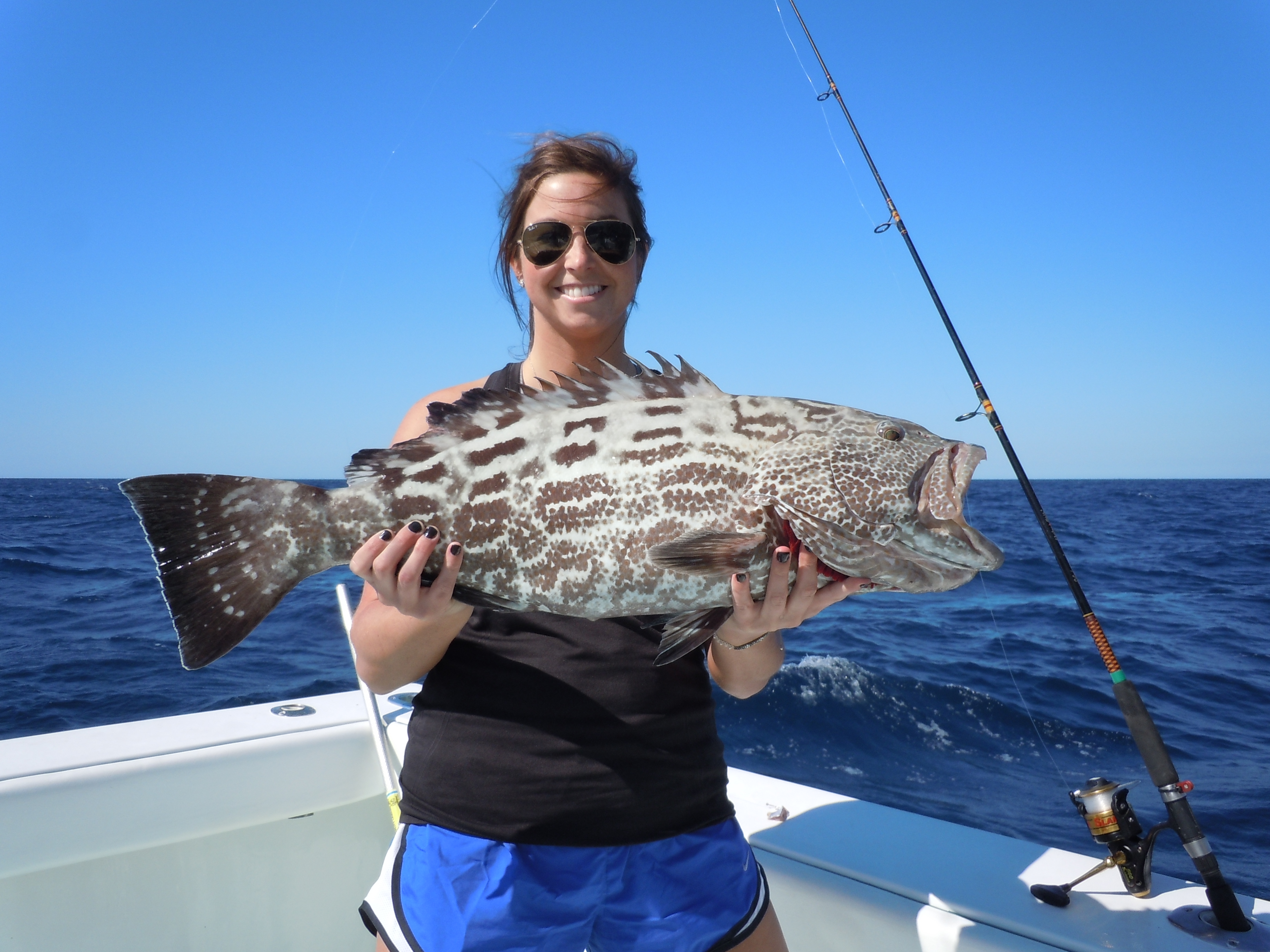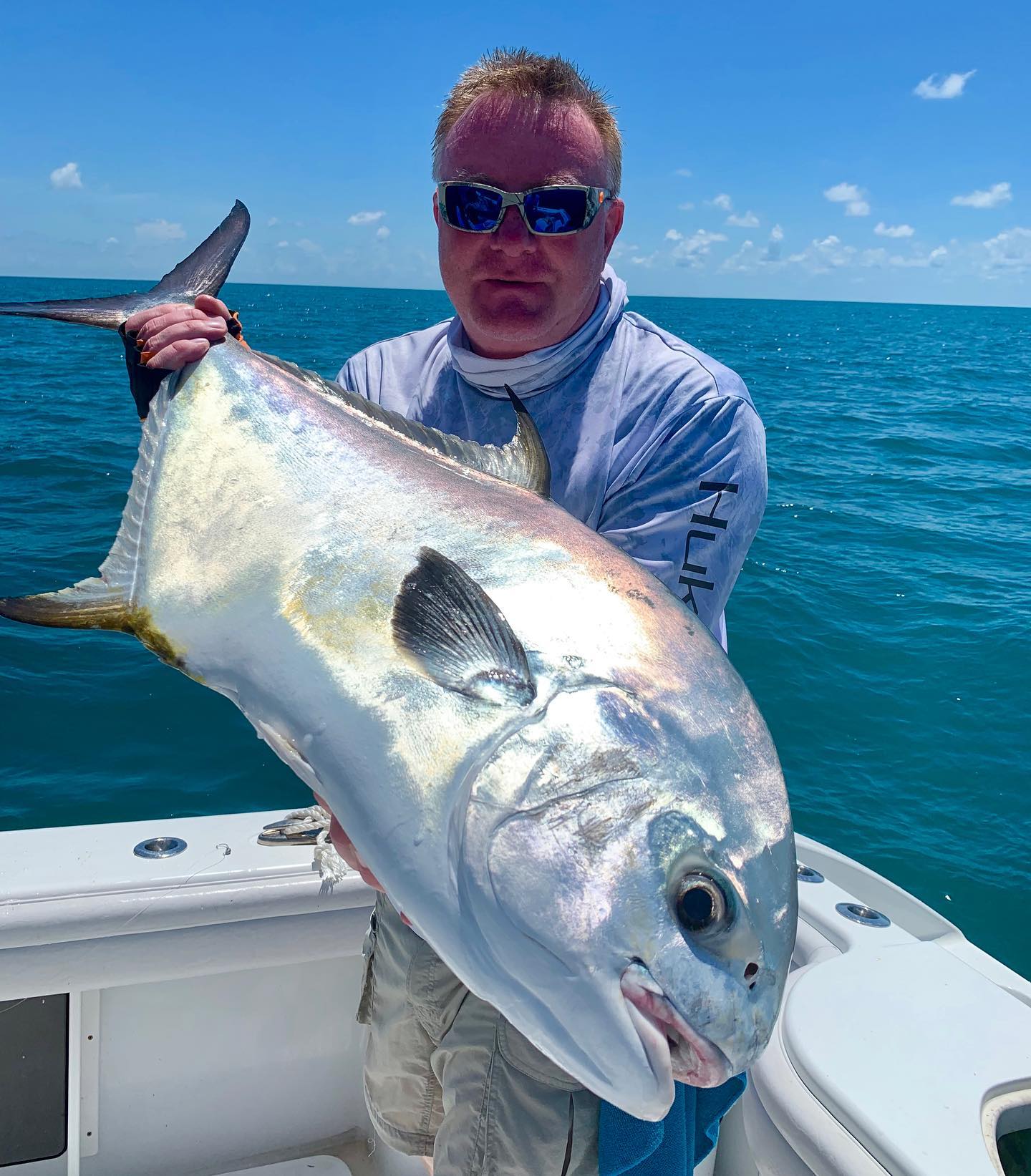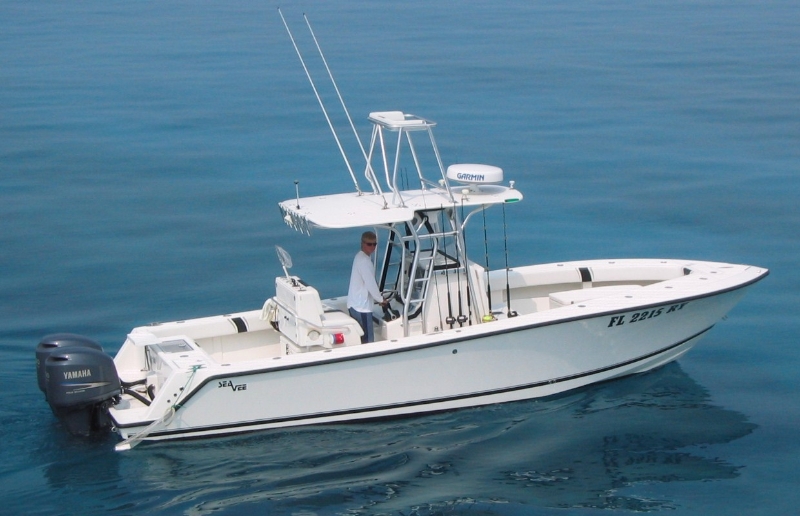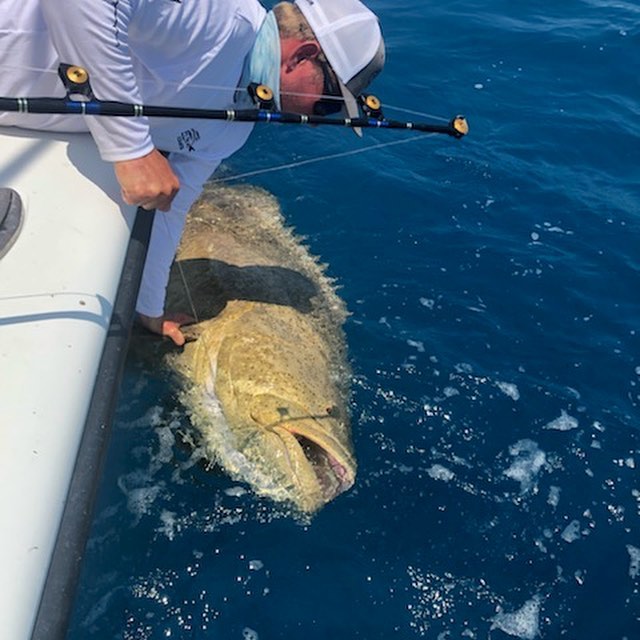Dry Tortugas Multi-Day Trip
Destin Fishing Adventure
Deep Sea, Nearshore Fishing in Destin
Destin Offshore Thrills
Deep Sea, Nearshore Fishing in Destin
5-8 Hour Gulf Action Fishing!!
Destin Bottom Fishing And Trolling!
Live Action Trolling Trip
Run And Gun Destin - 26' Mako
Inshore, Nearshore Fishing in Destin
Destin Fishing - 21’ Cape Horn
Deep Sea, Nearshore Fishing in Key West
Key West Mixed Bag Trip
Key West Exotic Reef Fishing
We started Captain Experiences to make it easy to book fishing and hunting guides around the world. With over 2,000 Damn Good Guides, our platform makes finding and booking a trip seamless. Head here to check out our trips.
Warm Weather Bonito Fishing Destinations
Perhaps most famous of all the claims surrounding America’s celebrated false albacore fisheries stands a remark made by Dale Spartas during the early aughts off Palm Beach, Florida, when he hooked one of those tunas for the first time. As backing disappeared from his fly reel, the legendary Montana-based hunting and fly-fishing photographer looked down in partial shock at his bleeding knuckles, rubbed his fly-line-seared stripping finger and famously said, “If these things jumped, no one would fly fish for anything else.” By the end of the three-day trip, Dale’s hands felt like he’d gone a dozen rounds with a concrete wall, yet he still didn’t want to get on his flight home.
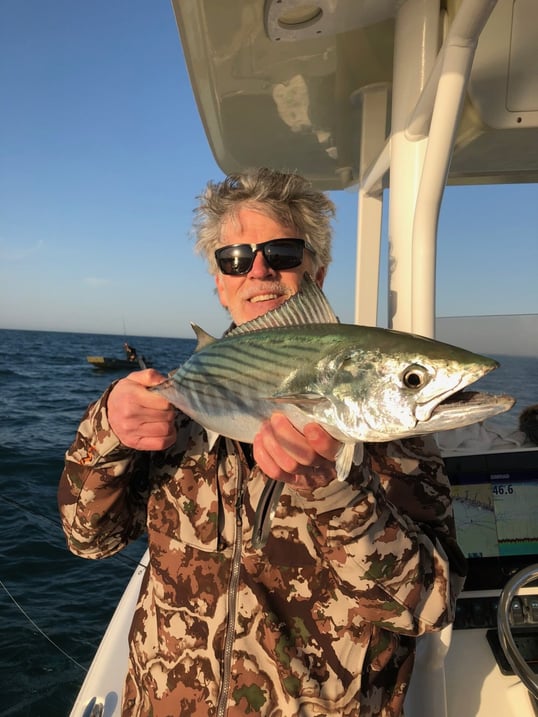
From Capt. Dave Wood, Wilmington
Stunningly beautiful in its camouflage of aquamarine silvers, greens, and blues, and much stronger than its size suggests, the false albacore (Euthynnus alletteratus), otherwise referred to as bonito or little tunny, delights anglers from New England to Key West and all along the Gulf Coast. Though most famously targeted as sportfish off southern New England, Long Island, New York, and Harker’s Island, North Carolina, there are many options with more stable weather and unpressured fish around the Florida peninsula and off the coast of Texas. If you time your trip to coincide with their Atlantic or Gulf of Mexico migrations, you can spare yourself the cold, wind, and competition typical of the northern destinations, while targeting some of the world’s biggest warm water little tunny.
Warm-Weather Albie Destinations
False albacore can be targeted year-round off most of these famous destinations. However, the peak migrations occur late spring through summer in southern latitudes. What makes the destinations listed below so attractive to the species—and to anglers—is the proximity and connectivity of inshore, nearshore and bluewater habitats. These ecosystems support each other and contribute to a rich diversity of fish species. Plus, they offer a wide range of accommodations, amenities, and activities other than fishing.
Key West, Fl: False albacore are targeted along the edges of the Great Florida Coral Reef Tract, around wrecks, and around seamounts. They also love to feed along with their delicious close relative the blackfin tuna on bycatch discarded by shrimp boats.
Jupiter, Fl: Following in the footsteps of bluewater fly-fishing pioneer Capt. Scott Hamilton, several guides based out of northern Palm Beach and Martin counties spend the summers chasing albies, other tunas, and mahi, as well as cobia and king mackerel, across the region’s typically mirror-calm waters. Wind is rarely an issue. Neither is competition. Only a handful of local anglers invest time and money into targeting a species that few folks want to eat. Late June through early September, it can be difficult to get a fly or lure back to the boat without hooking an albie.
Destin/Panama City: Local guides target albies blitzing along the region’s legendary snow-white beaches, among bait schools that circle sea buoys, and on shallow reef structures. This area is also one of the world’s best if you’re looking to land a king mackerel on fly or light tackle. A sailfish might surprise here feeding in very shallow water.
Port Mansfield, Texas: Harkening back a decade or so, a bunch of saltwater fly-fishing world records were broken in the vicinity of South Padre Island. In terms of the quality of fishing, nothing’s changed. Big false albacore, giant jacks, smoker kingfish, and burly amberjacks are in the mix, especially by late spring when the baitfish move inshore along the wild Padre Island National Seashore, the world’s longest stretch of undeveloped barrier island.
The Species
Official common name: Little tunny Scientific name: Euthynnus alletteratus Other names: “Bonito” World Record: 36 pounds, 15 ounces. Top Speed: 40mph
Essential Fly Tackle: Eight- to 12-weight fly rods, clear intermediate-sink lines, sinking lines for deep fish. Large-arbor fly reels with at least two-hundred yards of backing. Tapered fluorocarbon leaders with 25-lbs tippets. Small, baitfish-imitating flies including Clouser Minnows, Eat Me patterns, Schminnows, gurglers, Crease Flies and poppers.
Essential Conventional Tackle: Stiff spinning rods capable of casting light spoons, jigs and soft plastics long distances. Ten to 20-lbs test braided line. 25-pound fluorocarbon leaders. Stick jigs. Small bucktails. Jigheads with soft-plastic swimming baits.
Other Gear: Sunscreen, hat, polarized sunglasses, light rain gear.
Joey Butrus
Updated on June 22, 2023

July 31, 2024

August 21, 2023

March 8, 2022
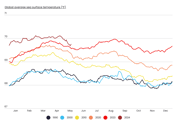
November 15, 2023

June 22, 2022
Related Articles
May 13, 2021
December 2, 2021
January 27, 2021
Featured Locations
- Fishing Charters Near Me
- Austin Fishing Guides
- Biloxi Fishing Charters
- Bradenton Fishing Charters
- Cabo San Lucas Fishing Charters
- Cancun Fishing Charters
- Cape Coral Fishing Charters
- Charleston Fishing Charters
- Clearwater Fishing Charters
- Corpus Christi Fishing Charters
- Crystal River Fishing Charters
- Dauphin Island Fishing Charters
- Daytona Beach Fishing Charters
- Destin Fishing Charters
- Fort Lauderdale Fishing Charters
- Fort Myers Fishing Charters
- Fort Walton Beach Fishing Charters
- Galveston Fishing Charters
- Gulf Shores Fishing Charters
- Hatteras Fishing Charters
- Hilton Head Fishing Charters
- Islamorada Fishing Charters
- Jacksonville Fishing Charters
- Jupiter Fishing Charters
- Key Largo Fishing Charters
- Key West Fishing Charters
- Kona Fishing Charters
- Lakeside Marblehead Fishing Charters
- Marathon Fishing Charters
- Marco Island Fishing Charters
- Miami Fishing Charters
- Montauk Fishing Charters
- Morehead City Fishing Charters
- Naples Fishing Charters
- New Orleans Fishing Charters
- New Smyrna Beach Fishing Charters
- Ocean City Fishing Charters
- Orange Beach Fishing Charters
- Panama City Beach Fishing Charters
- Pensacola Fishing Charters
- Pompano Beach Fishing Charters
- Port Aransas Fishing Charters
- Port Orange Fishing Charters
- Rockport Fishing Charters
- San Diego Fishing Charters
- San Juan Fishing Charters
- Sarasota Fishing Charters
- South Padre Island Fishing Charters
- St. Augustine Fishing Charters
- St. Petersburg Fishing Charters
- Tampa Fishing Charters
- Tarpon Springs Fishing Charters
- Venice Fishing Charters
- Virginia Beach Fishing Charters
- West Palm Beach Fishing Charters
- Wilmington Fishing Charters
- Wrightsville Beach Fishing Charters
